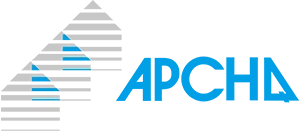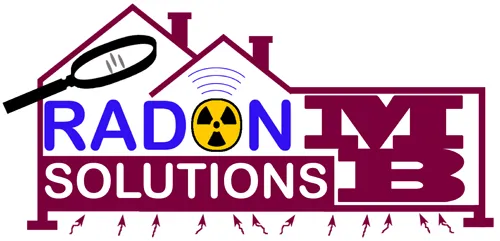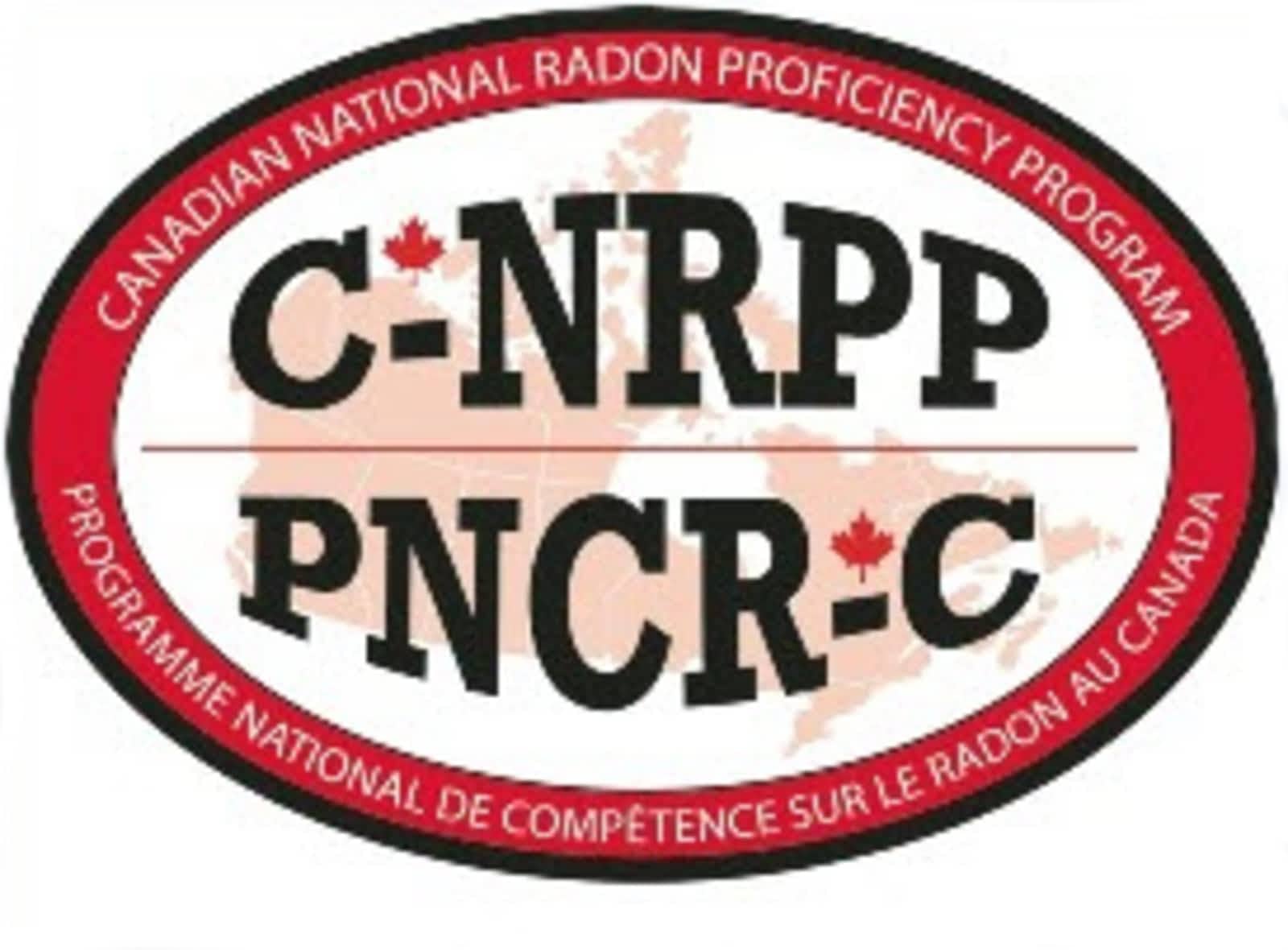Drainage: An Essential Role
The installation of a French drain system is essential to ensure proper water drainage. It prevents the appearance of cracks or water infiltration in the basement. This fundamental component of your property’s foundation generally has an average lifespan of 25 to 30 years. However, you must remain vigilant for the appearance of efflorescence on the concrete, or concrete degradation and flaking.
Now a mandatory part of the construction process, the installation of a French drain will prevent many problems in the long run. These include, among others, evacuating standing water, reducing the risk of cracks and reducing the risk of water infiltration. Béton Fondation Plus carries out the work using tried-and-tested techniques widely recognized throughout the industry.
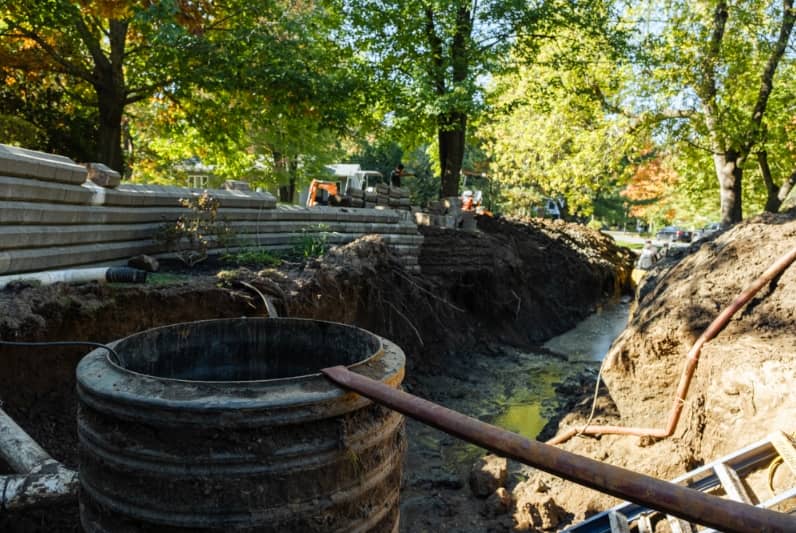
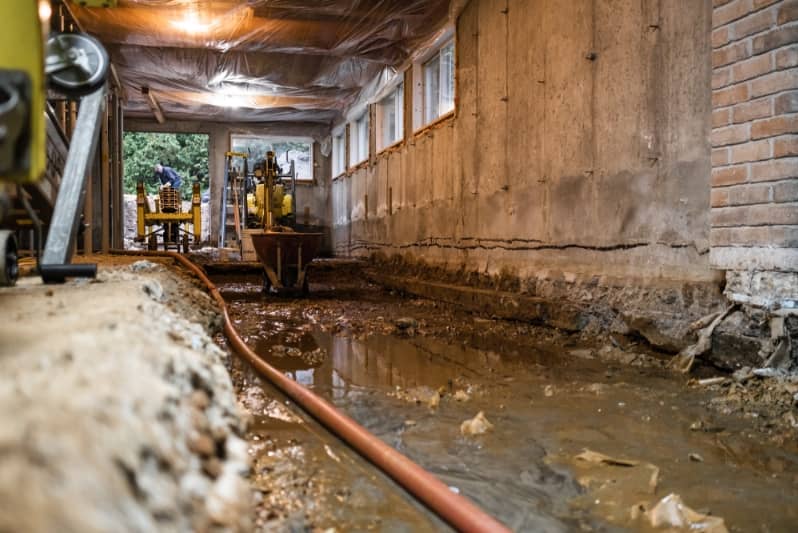
Signs to Look Out For
If a building has a French Drain, there are some signs you must always look out for. Regardless of whether you are buying a property or you own one that’s over 30 years old. These signs may alert you that it is time to inspect, clean, replace or repair the drain.
If you notice any of these signs, it’s crucial to contact a French drain installation specialist. Signs of inadequate soil drainage include:
- The presence of a white powder on concrete (efflorescence)
- Rimmed and/or swollen bottom of walls and floors
- Water infiltration or damp concrete
- Fungi or mold in the basement
- High humidity levels
- Swelling of paint on concrete
- Moldy smells and odors
- Deterioration/crumbling of concrete
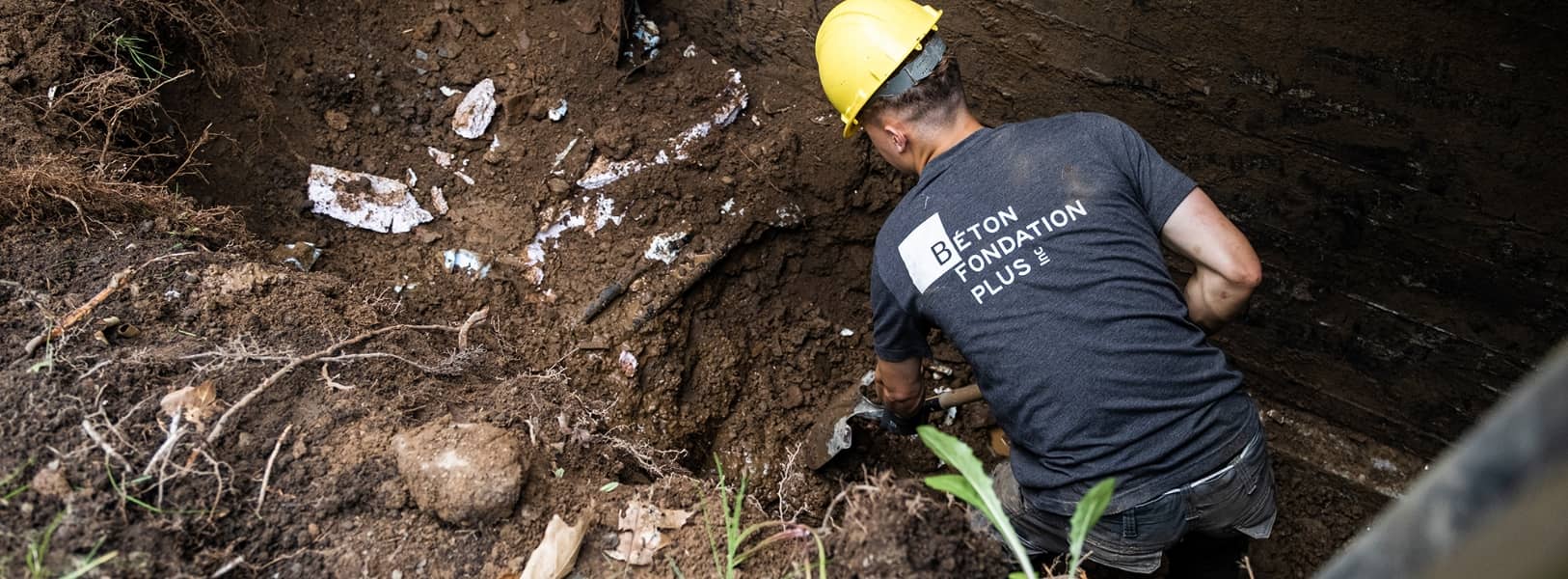
SATISFIED CUSTOMERS
« Courteous and professional employees. I hired them for cracks in the foundation of my house. The work they did was of A1 quality, and was done very cleanly! I would recommend this company to everyone. »
Annie-Pier Massé« Very professional. Short time between the call and the appointment. We had several cracks in the foundation and they quickly came to repair everything. »
Claudio Bustos« Always available to answer our questions. »
France Trachy« Very professional team, no more problems! I was well advised for the repairs done in our house. »
Patrick Fontanals« A competent team that works neatly. I recommend them to everyone. »
Annie Masse« I contacted the company in the spring and Jean Felix showed up at the agreed time. My problem consisted of a concrete slab that was allowing groundwater to seep into the basement in the spring. This was a major challenge because the water [...] »
Alain GagnéFrequently Asked Questions
How is a French drain installed?
The installation of a French drain begins with an excavation operation. Our experts dig around the foundation to create a trench below the footing. It is important to avoid water and gas outlets, electrical wires, and pipes buried underground. This is one of the reasons why it is important to call on specialists, as this is a meticulous job.
The professionals at Béton Fondation Plus are able to assess the ideal location for your French drain and drainage system. We consider not only the risk of flooding and the presence of groundwater, but also the slope to be respected. Evaluating the slope of the land is important to ensure the efficient flow of surface water. Once the land has been evaluated and the excavation is complete, the installation can begin.
- First, our team positions the French drain near the footing at the bottom of the trench.
- Next, your French drain will be connected. Our team connects it to a sump pump, the street or a sewer.
- Once your drain is connected, it is time to cover it properly. Our team covers the French drain and drainage pipes with gravel. A membrane is also installed on the gravel so that the drain only collects water.
- Finally, we fill the trench with water permeable soil.
What depth should be respected for the installation of a French drain?
Excavation is the most delicate step when it comes to installing a French drain. It is best to call on experts to identify and define the areas to avoid. Indeed, neglecting this step could cause costly damage. For example, you could perforate pipes or damage water or gas outlets. In addition, excavations are subject to safety rules that should not be neglected.
The trench for your French drain must be 50 cm wide. As for the depth, it varies depending on the property in question. The upper part of the pipe must be located below the foundations, more precisely below the level of the concrete slab. Specialized equipment, including excavators, is used to dig to this depth.
Where to install a French drain around a house?
To prevent flooding in the basement, it is recommended to position the French drain around the foundation.
Be careful, however, to position your French drain so that it does not flow onto neighboring properties. This could cause significant damage to your neighbors. Some drains are designed to carry surface water. Since they carry small amounts of water, they can flow into the street.
How to install a French drain from the inside?
The installation of an interior French drain can be a solution to solve problems of humidity or water infiltration.
It is recommended to call on an experienced professional for the installation of an interior French drain. This intervention is a complex task, particularly due to the specificities of each basement. The Béton Fondation Plus team can assist you with this type of work to ensure the successful installation of a French drain.
Here are the general steps to carry out this operation:
Preparation
Before proceeding with the installation of an interior French drain, our teams prepare the area where the French drain will be installed. The exact location where it will be installed will be indicated. It is usually placed along a wall, where moisture problems are most pronounced.
Creating a Trench for the French Drain
To install an interior French drain, we dig a trench along the foundation wall to a suitable depth. This will depend on the size of the drain and the specific conditions of your basement and foundations.
Water Drainage
A layer of gravel is placed at the bottom of the trench to promote water drainage towards the drain. A perforated drain pipe is placed in the trench. We then cover the pipe with a layer of gravel to ensure good drainage. A filter fabric is placed over the gravel, preventing the dirt and fine particles from entering the system.
Drainage at the Bottom of the Foundations
Once the drain is installed, a drainage membrane is placed on the bottom of the foundation to capture and direct any potential infiltration and direct it to the French drain.
Finishing Touches
The trench is filled and the concrete or floor covering material initially removed is replaced. The drain pipe is connected to a catch basin to evacuate water from the basement.
It is recommended to call on an experienced professional for the installation of an interior French drain. This is a complex task, particularly due to the specificities of each basement. Whether you are in the Eastern Townships, Montreal or on the South Shore, contact the Béton Fondation Plus team to ensure the completion of your French drain work.
Our certifications
